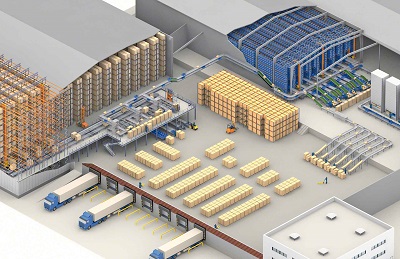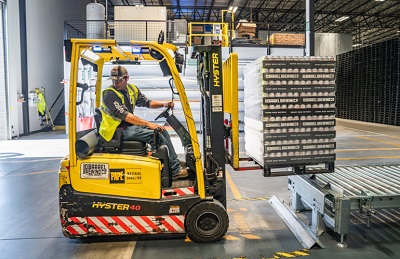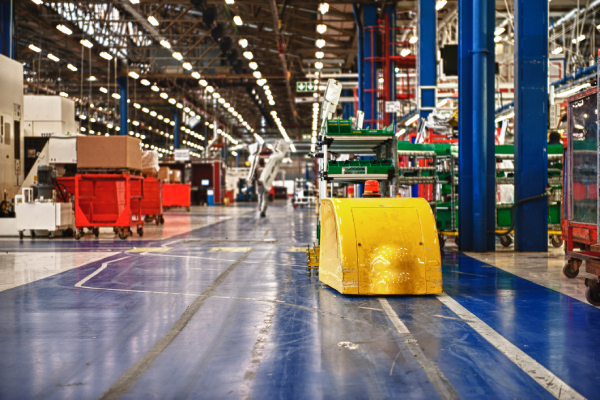The Value Of Properly Designing A Warehouse
Considering that every other business is the world is working on the internet, warehouses have become essential. For e-commerce trades, they are the hub of all activity as the store, manage, and ship every product that is sold by the business. It is for this reason that designing and building warehouses require careful and proper planning.
There are a number of factors that have to be considered while making a warehouse. For the sake of brevity, in this article, we discuss the crucial three. We begin with the layout of the warehouse, then we move onto the connectivity of it and close with power backup solutions.
Factors To Consider When Designing A Warehouse
The operations of a business decide the best design of a warehouse. The layout and the flow of the building you are planning to convert into a warehouse are indispensable. For instance, a space that is filled with load-bearing columns at short intervals will hamper the fast movement of goods, be it inwards or outwards. Think over the following while sketching out the layout:
- How high is the ceiling?
- Is the structure very old?
- What parts of the area may act as an obstacle to raw materials coming in?
- Are there any hindrance in the movement of finished goods?
 Give a thorough once over the space and then compare it with the requirements of your business before beginning construction.
Give a thorough once over the space and then compare it with the requirements of your business before beginning construction.
The next step to designing or converting a building to a warehouse is checking the proximity to different means of transport. For this, you need to consider the transportation your business will require. Let’s say most of your raw material is delivered via land, but it is sent out to your customers through the air. A good warehouse for your business would be one that is close-by to a major highway and an airport.
The essential rule here is to keep the warehouse easily accessible to the highways, railways, and airways. Long connection or remote locations add to the cost of transportation. On average, every product incurs 20% of its prices due to transport. You do not want to pile on that amount.
Furthermore, other factors would determine which means of transport you use. For instance, if the products you sell are perishable, it is faster to transport them through rails than roads. Another case can be the cost of fuel and drive wages may come out to be more than the cost of rail transports. Here – http://lsw-international.com/top-10-key-factors-to-consider-in-warehouse-layout-design/ – you can check out the factors to be consider when designing a warehouse.
Electrical Power Systems For Warehouse
One of the essential requirements of any warehouse is the power system, which means a Power Backup Solution too. While each warehouse has its own electrical power needs, one is common to all. They necessitate almost constant electricity.
 Take, for instance, a warehouse that stores and distributes frozen foods. A power outage can result in items going bad; consequently, the business loses money. It signifies that these cold storage units need a power backup that comes up with the required electrical load once the main power supply is shut off.
Take, for instance, a warehouse that stores and distributes frozen foods. A power outage can result in items going bad; consequently, the business loses money. It signifies that these cold storage units need a power backup that comes up with the required electrical load once the main power supply is shut off.
Cold storage units are just one example. Most warehouses need steady electricity for some element or the other such as electrical devices, Wi-Fi connectivity, conveyor belts, and other unique storage needs. It is why, while planning and designing a warehouse, finding the right power backup is essential. In some cases, more than one backup may be vital. Organising a power backup like generator or batteries is not enough. The right solution that can take the entire power burden of the warehouse is also needed.
Warehouses are not costly to design, but they entail proper planning. Haphazard work leads to inefficient operations. Thus, it is important to keep crucial factors in mind when building a warehouse. Besides the three explained above, some other elements that should be thought over are zoning, size, material handling, and regulations that control the building.

